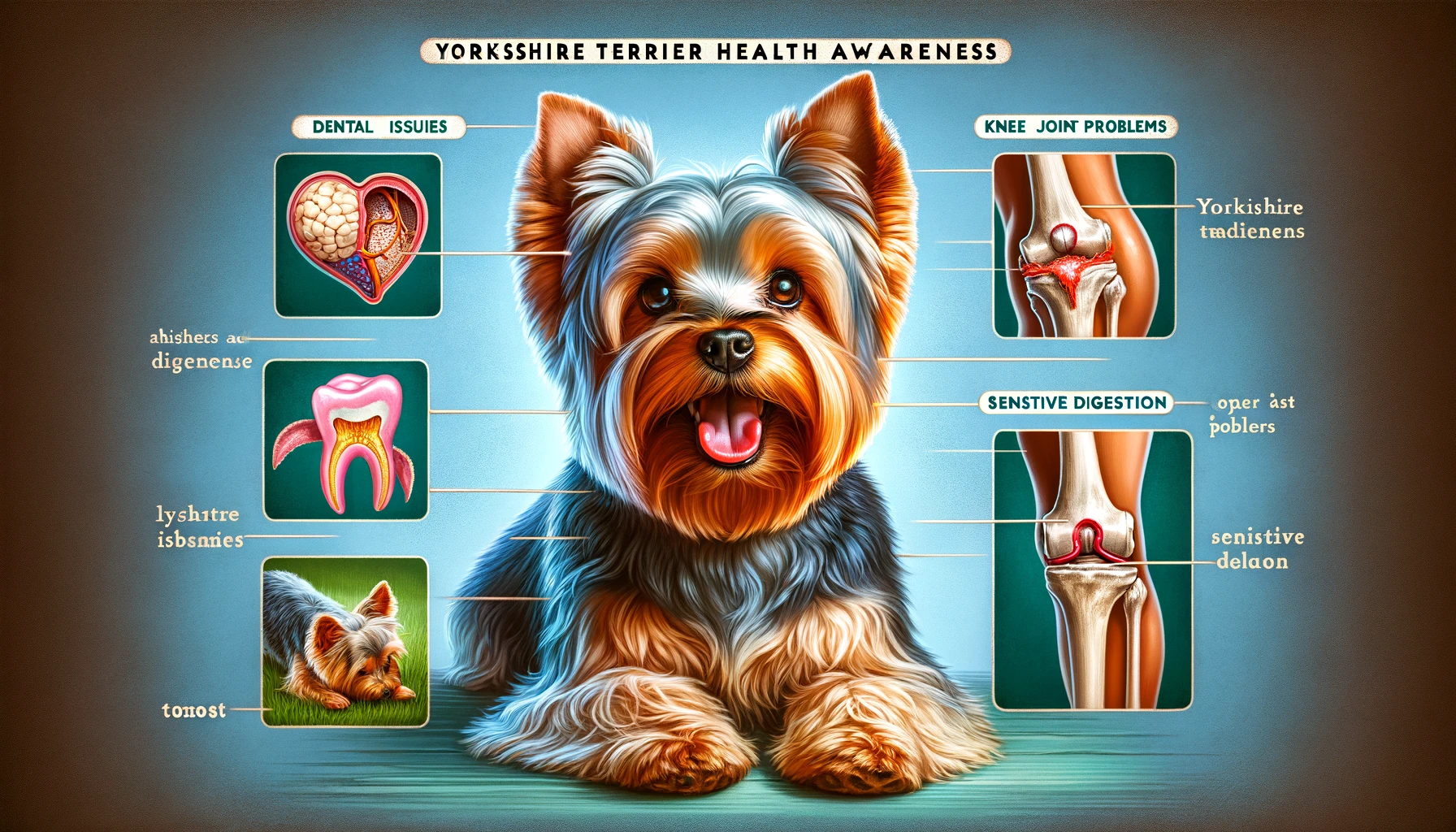Overview of the Breed
The Yorkshire Terrier affectionately known as the Yorkie. Breed renowned for its size, personality, and luxurious coat. Originating from the United Kingdom during the 19th century, these small yet spirited dogs. Despite their humble beginnings, Yorkshire Terriers quickly ascended the social ladder. Become one of the most beloved lapdogs among Victorian ladies. Today, they stand as one of the most popular toy breeds in the world. Cherished for their compact size, bold temperament, and elegant appearance. Weighing no more than seven pounds, Yorkies may be small in stature. But they possess a large personality, making them excellent companions for a variety of households.
Historical Background
The Yorkshire Terrier’s origins can be traced back to the mid-19th century in Northern England. Where they were developed by working men of Yorkshire who sought a small, efficient, and enthusiastic rat-catcher. Breeding practices involved crossing various terriers, including the Clydesdale Terrier, the Black and Tan English Terrier, and the Waterside Terrier. By the late 1860s, the breed had gained popularity and began to be seen more as a fashionable pet for ladies. Moving from the workforce to the show ring with remarkable success. The Yorkshire Terrier was officially recognized by the Kennel Club in 1886, marking its transition from a working-class dog to a beloved companion of the upper class.
Unique Characteristics
Yorkshire Terriers are distinguished by their long, silky coats, which are a defining feature of the breed. Their hair is very similar to human hair, requiring regular grooming to maintain its glossy appearance. Yorkies are known for their vibrant, confident, and sometimes feisty personality; they are lively and eager for adventure, displaying an affectionate nature towards their owners. Despite their small size, they are excellent watchdogs, often unaware of their diminutive stature. Yorkshire Terriers are adaptable to various living situations, making them ideal pets for city dwellers and people with limited space. Their enduring charm and charismatic presence make them not just pets, but treasured members of the family.
Physical Characteristics and Personality
Size and Appearance
The Yorkshire Terrier is a small-sized breed, epitomizing elegance and a compact structure, with adult Yorkies typically weighing around 4 to 7 pounds. Their appearance is distinguished by a well-proportioned body, a flat head with a short muzzle, and sparkling, intelligent eyes, contributing to their alert and vivacious expression. The breed’s fine, straight, and silky coat, which falls neatly on either side, is one of its most striking features, alongside their erect, V-shaped ears, adding to their overall dainty yet robust physique.
Coat and Color
Yorkshire Terriers boast a luxurious coat that is both long and silky, requiring regular grooming to maintain its glossy appearance. Their coat color is a defining characteristic, showcasing a beautiful blend of blue and tan. Puppies are born black and tan, gradually maturing to their adult colors. The breed standards specify that the dark steel blue should not extend into the tan areas, which are brighter at the chest and on the face, making their coloring both unique and strikingly attractive.
Temperament and Behavior
Yorkshire Terriers, despite their small size, possess a bold and adventurous temperament, often displaying a confident and affectionate nature towards their owners. They are known for their intelligence and eagerness to please, which makes them relatively easy to train but also prone to assertiveness. Yorkies tend to be very vocal, making excellent watchdogs. Their loyalty and love for attention can sometimes lead to separation anxiety if left alone for long periods. This breed thrives on human interaction, making them ideal companions for those able to dedicate time and affection to their petite friend.

Nice post. keep it up. Thanks for sharing.
Allergies
Many people use their lotteries to raise money for
valuable initiatives that improve education, general public infrastructure and cultural services.
When the lottery is performed by you, you’re assisting to account these
programs while you finance your own desires
of succeeding it big. Have a great time and all the best!
A lot of people get off and discover pleasure in naked bodies than with lingerie or clothing.
Another factor is without a doubt vulnerability-a naked lady thinks embarrassment and humiliation within a foreplay which
is why it really is wanted. When someone is naked, they experience vulnerable and uncovered,
nude sex senses more close than clothed one. Vulnerability
is a major start specifically for a lot of guys because they feel
the feeling of dominance during intercourse. A lot of nude porn may also be visual in its content material, given that they emphasize the nakedness of the actors they zoom
directly into private parts usually concealed like the tits and the pussy, a lot of nude porn concentrate on penetration.
Nude porn will be fairly normal and you may start to see the genre attached to a lot of various other classes, so you shall not
really think it is very difficult to locate your narrative of interest when consuming
this porn. Some of these are usually bondage porn,
since intercourse is supposed to be a sacred ritual, viewing
a naked girl get fucked is an excellent fap material for
a bunch of males. Seeing an individual naked is similar to knowing their secrets and
viewing them defenseless for a few, this is the reason why nude porn is really a popular genre among all
viewers.
Greetings! I know this is kinda off topic but I was wondering which blog platform are you using for this site? I’m getting fed up of WordPress because I’ve had problems with hackers and I’m looking at options for another platform. I would be great if you could point me in the direction of a good platform.